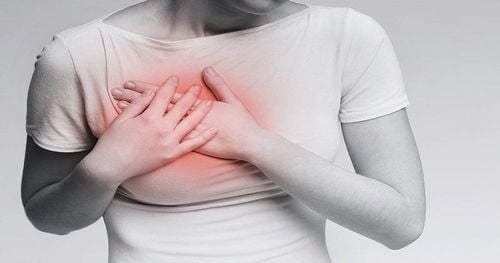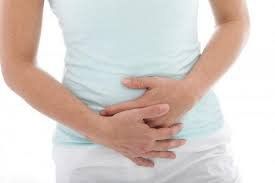This is an automatically translated article.
Ductal dilatation is a disease of the main ducts of the mammary glands, and usually occurs in middle-aged women. Ductal dilatation is associated with a chronic inflammatory reaction occurring around the dilated ducts.1. What is lactation?
A woman's breasts are made up of connective tissue including a system of milk glands - tiny passages that bring milk to the nipple. Duct dilatation occurs when the milk duct below the nipple is enlarged, the duct wall thickens and contains more fluid inside the lumen. The disease usually appears in women aged 40-50 years, who have had many births and have breastfed for many years.After these years, some or all of the main ducts of the ducts become dilated and filled with milky secretions, which gradually thicken to form a substance similar to cheese. Simultaneously with this process is a chronic inflammatory reaction occurring around the dilated milk ducts.
2. Common Symptoms
Common symptoms of lactation are:
Nipples change color to milky white, blue or black on one or both breasts Pain in the nipple or tissues around the breast Red nipple or tissue around the breast Mass felt hard lump next to a blocked duct Nipple inwards a bacterial infection or inflammation of the areola can also occur on dilated milk ducts, causing painful swelling of the breast, inflammation around the nipple, and fever One Focal infections such as mastitis can also develop in the milk ducts causing inflammation and fever. Common signs and symptoms may resolve on their own.
3. Causes of dilated milk glands
The disease occurs when the milk ducts near the nipple become blocked and inflamed. Possible causes are:
Hormonal changes: Women in the perimenopausal period are at high risk of dilated milk ducts due to changes in hormone levels in the body.

Yếu tố tuổi tác làm cho thành phần cấu tạo mô vú thay đổi tự dạng tuyến chuyển sang dạng tích lũy mô mỡ, việc này có thể dẫn đến tắc ống dẫn sữa và gây viêm do giãn ống dẫn sữa
Smoking: According to research, nicotine can be toxic to milk ducts causing blockage and inflammation. Inverted nipples: Frequent inverted nipples can lead to dilated milk ducts. A new inverted nipple can also clog the milk ducts, causing inflammation and infection. Newly inverted nipples can also be a sign of a medical condition, such as cancer. Vitamin A deficiency can cause abnormal changes in the breasts, such as dilated milk ducts. Age-related changes in breast tissue: Age factors cause the structural composition of breast tissue to change from glandular to adipose tissue accumulation. Although this change is normal, it can sometimes lead to blocked ducts and inflammation due to dilatation of the ducts.
4. Long-term effects of lactation
Dilation of the milk ducts has few complications and is often more uncomfortable than dangerous, usually:
Drainage from the nipple makes the patient feel uncomfortable, causes moisture to seep into the shirt, soiling the shirt causing psychological embarrassment shy. Discomfort: Dilated milk ducts can cause the tissues around the nipples to become red, swollen, and hard. Infection: An infection such as mastitis can develop in a dilated breast duct, sometimes causing pain and fever. Related to breast cancer. You may worry about changes in your breast that could be a sign of cancer. Although dilated milk ducts can sometimes damage the tissue around the dilated milk ducts making it feel like a hard lump, which is indeed linked to breast cancer.
5. Suitable mode of living
Applying heat to the nipple and around can help relieve pain. Use a nipple patch or a breast bandage to help absorb secretions and avoid sticking to clothes. Choose a supportive bra to reduce discomfort. A well-fitting bra can also help keep the breast patch in the correct position for aspiration. Sleep on the side opposite the painful breast, avoid sleeping on the affected breast to prevent swelling and pain. Stop smoking. Smoking can make it harder to treat an infection, and continued smoking can cause recurrent infections or breast abscesses.
Please dial HOTLINE for more information or register for an appointment HERE. Download MyVinmec app to make appointments faster and to manage your bookings easily.













